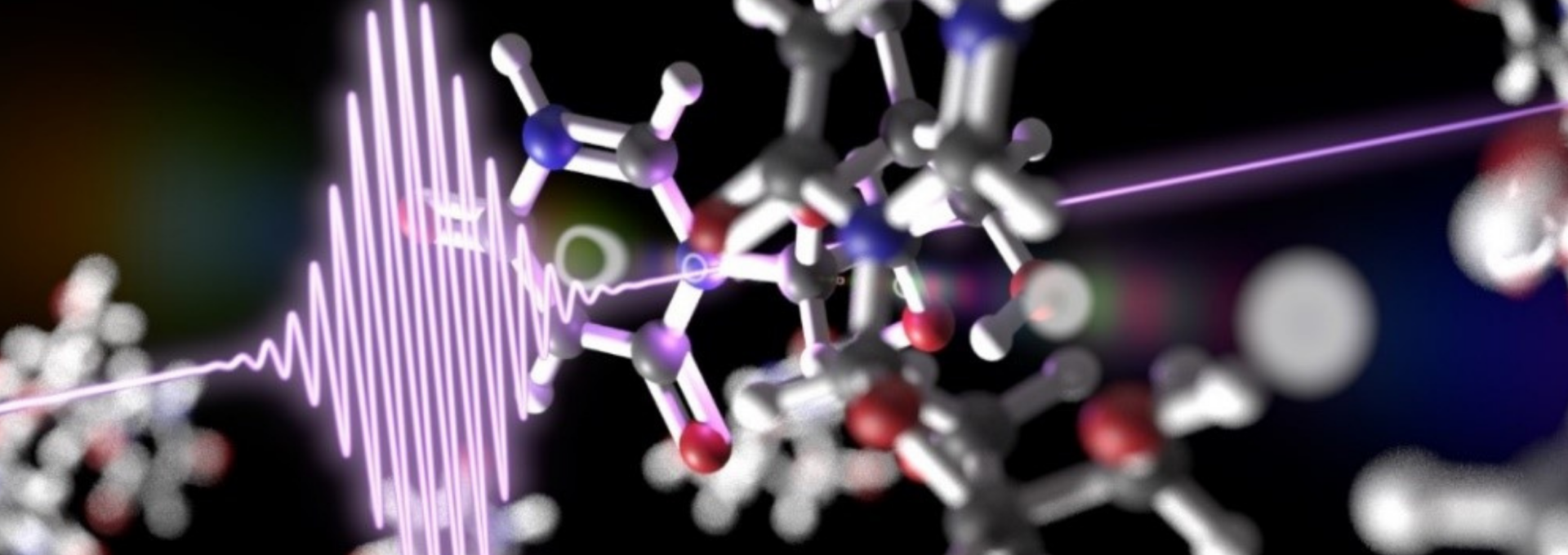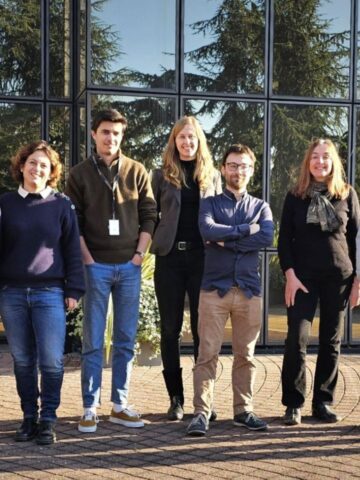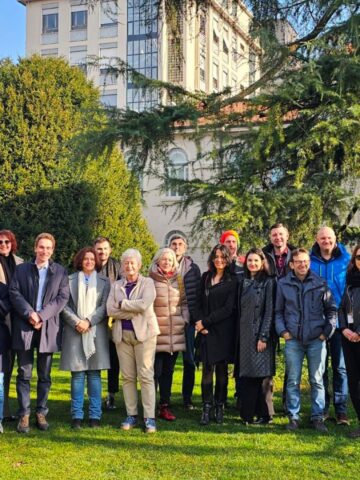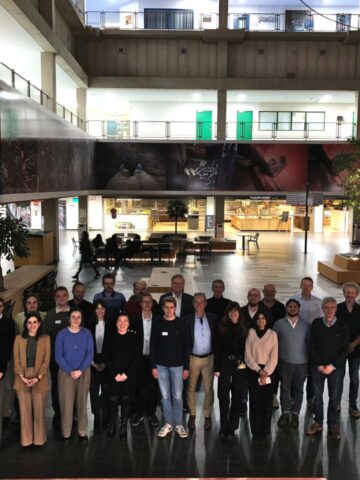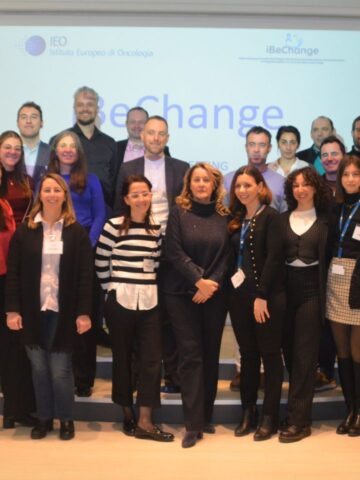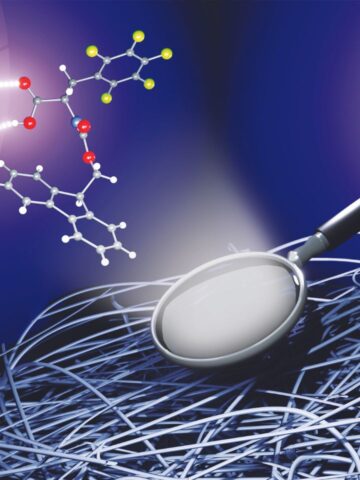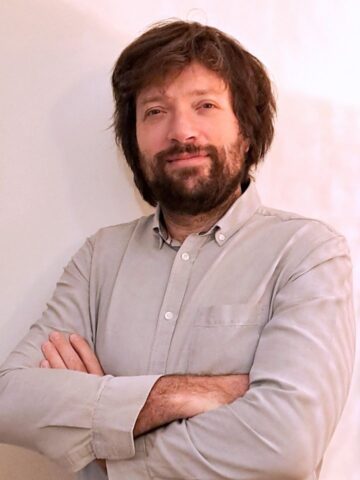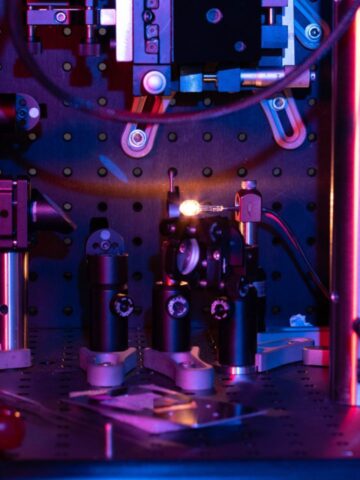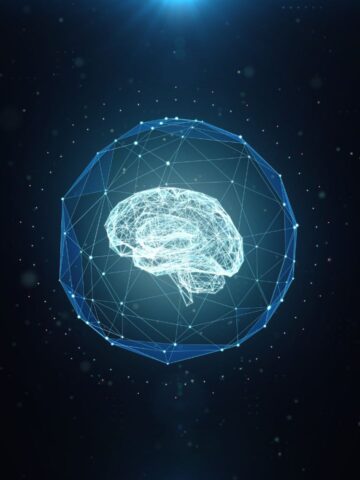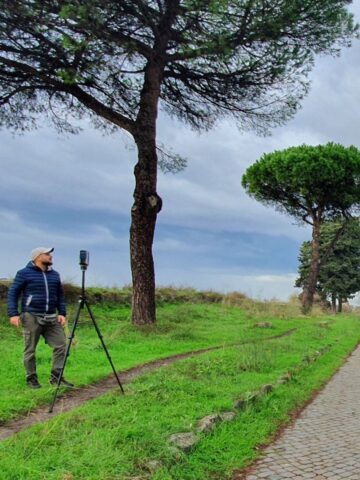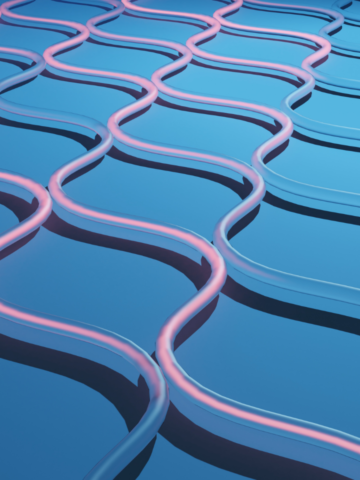A new study published in the prestigious journal Nature Communications explains how DNA is protected from mutations caused by ultraviolet light via its constituent elements, nucleosides. The results, obtained by using extremely short pulses of light, may lead to important applications in nanotechnology and pharmacology, such as fighting skin tumours.
The study was conducted by a team of researchers at the Institute for Photonics and Nanotechnology under the National Research Council (CNR-IFN), the Politecnico di Milano, the Università di Bologna, the Università della Tuscia, and Heinrich Heine Universität Düsseldorf.
Studying how nucleosides interact with light on very short timescales is essential for understanding the complex physical processes that lead to DNA photodamage,
Rocío Borrego-Varillas, first author, researcher at the CNR-IFN and the Politecnico di Milano.
Lasers enable incredibly short pulses of light to be generated with a duration of a few millionths or billionths of a second. They also allow us to observe very quick phenomena, such as the fundamental processes that occur when light interacts with living organisms, for example, in vision or photosynthesis.
DNA, the molecule that encodes the information necessary for building proteins, efficiently absorbs the UV component of sunlight, a property common to many biomolecules. Due to the high energy of UV radiation, its absorption may trigger a chain of chemical reactions, with the resulting corruption of information encoded in the sequence of bases (photodamage) and serious consequences (such as skin tumours). Fortunately, in most cases, DNA molecules are able to efficiently dissipate the energy contained in UV light due to a photoprotective process that inhibits damage.
In nucleosides, these processes are particularly efficient due to the speed with which the absorbed energy is dissipated, but it is precisely this speed which makes their study so difficult, something which has long been debated by scientists; hence the idea to use ultra short pulses of light to trigger these processes and follow all the phases in their evolution. The technique was applied to the study of two nucleosides: uridine and methyluridine. By observing molecular processes on such short timescales, the researchers have been able to understand for the first time the mechanism through which nucelosides dissipate the energy deposited by UV light.
The difficulty with studying such fast molecular processes is similar to taking a picture of a car moving at full speed. To prevent the picture from looking fuzzy, a short exposure time is chosen. If we want to capture images of a molecular process that lasts less than a millionth of a second, we need very short flashes of UV light.
